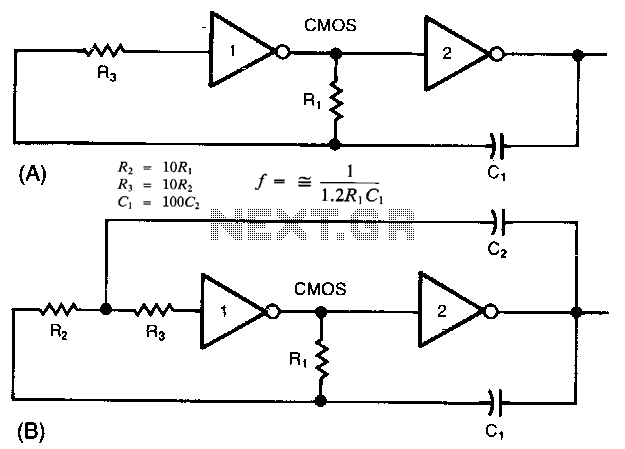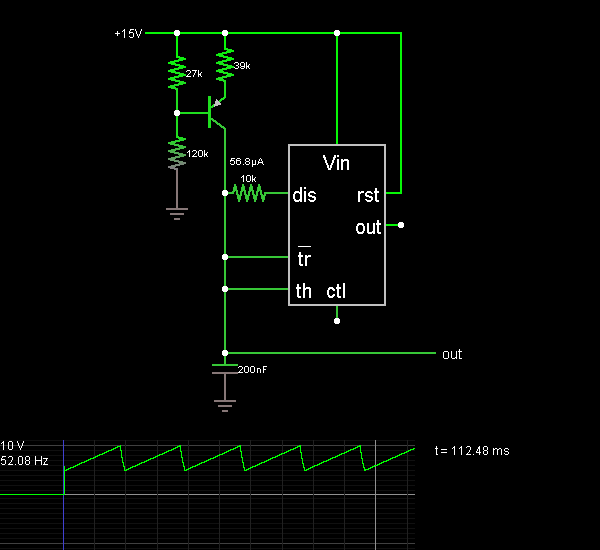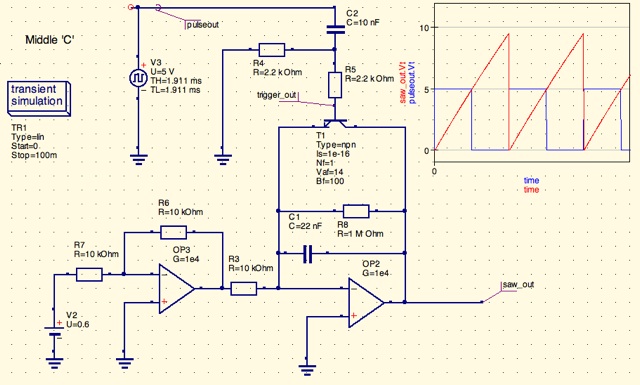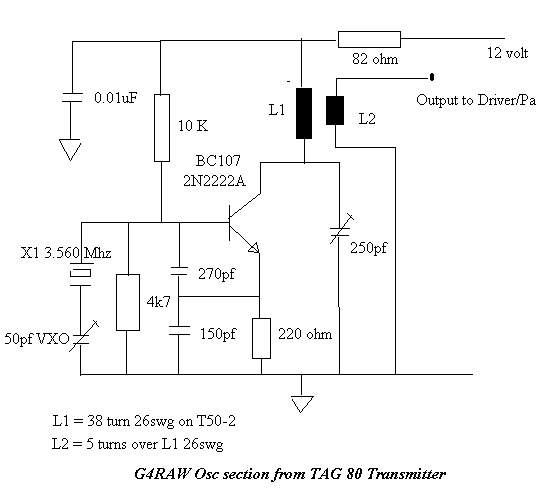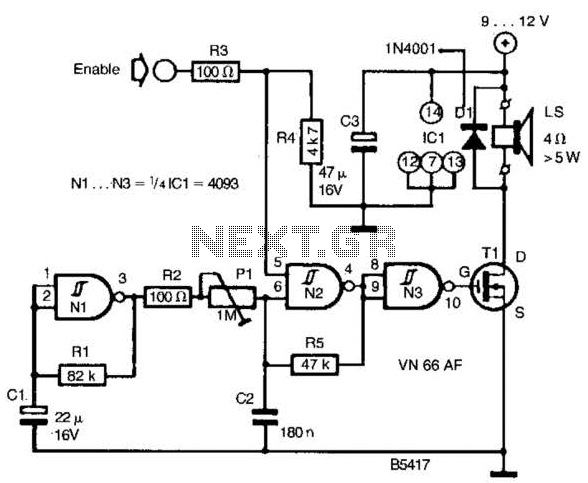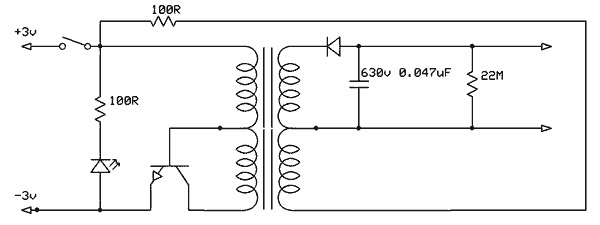
Wien oscillator
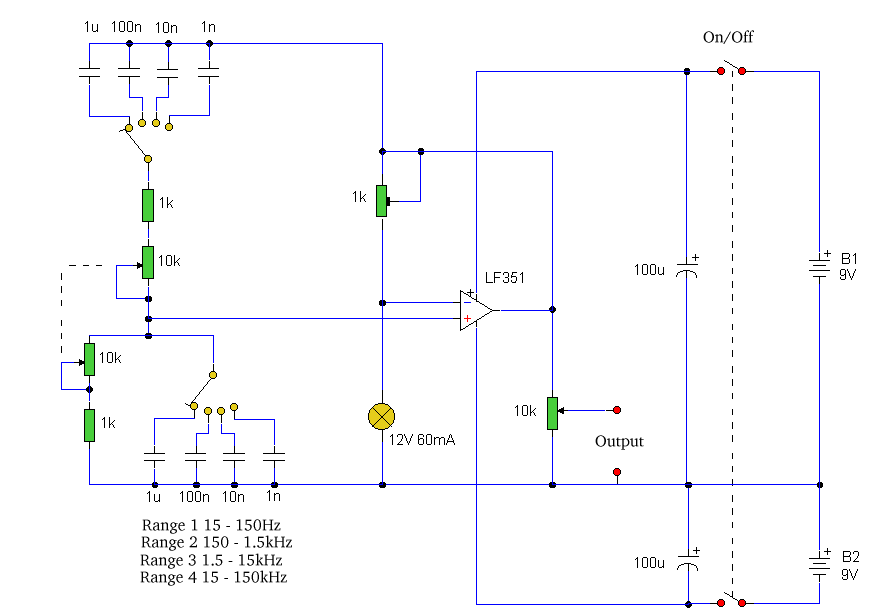
Construct a sine wave generator using the TL082 operational amplifier and a 9V power supply. However, the output is producing a distorted waveform rather than a clean sine wave. There is a need for a list of components suitable for a Wien oscillator that can generate accurate sine waves. It has been noted that self-heating causes the resistance of the bulb to stabilize at approximately Rf/2, necessitating the selection of Rf such that Rf/2 is a feasible resistance for the filament at a small current. A linear 1k potentiometer has been purchased for use as Rf, but the output remains distorted. The bulb in use is rated at 12V and 65mA, raising the question of whether the small current in the filament is sufficient to produce visible light. Additionally, there is an inquiry about the point in the travel of the 1k trimpot at which oscillation stops. If the trimpot is near zero ohms at the end stop, it is recommended to replace it with one of significantly smaller resistance. The optimal adjustment of the 1k potentiometer lies between the absence of sustained oscillation and the output being a square wave. Observations of both extremes may be necessary. It may also be beneficial to place a smaller value trimpot in series with a larger one to enable finer control around the critical adjustment point, which may vary slightly across different ranges. The adjustment latitude, influenced by the non-linear behavior of the bulb, should allow for finding a suitable setting that works across all ranges.
To construct a sine wave generator using a Wien bridge oscillator configuration with the TL082 operational amplifier, the following components are essential: two resistors (R1 and R2), two capacitors (C1 and C2), and a variable resistor (Rf) to form the feedback network. The values of R1 and R2 should be equal to ensure the feedback loop maintains the desired frequency of oscillation, while C1 and C2 should also match in value to establish the correct phase shift for sine wave generation.
The circuit operates by balancing the gain of the op-amp with the feedback resistance Rf. The Wien bridge oscillator requires a gain of 3 to sustain oscillation. Therefore, Rf must be adjusted carefully to achieve this gain without causing distortion. A typical configuration would use R1 and R2 values in the range of 10kΩ, paired with capacitors C1 and C2 of 10nF, resulting in a frequency of approximately 1.59 kHz.
The use of a 1kΩ linear potentiometer as Rf allows for fine-tuning of the feedback gain. However, if oscillation ceases at a low resistance setting, it indicates that the gain is insufficient, necessitating a smaller potentiometer in series to allow for a more precise adjustment. The filament bulb's non-linear resistance characteristics can influence the circuit's stability, so ensuring that it operates within a current range that allows for visible light emission is critical.
In conclusion, careful selection of component values and adjustments of the feedback resistor are vital in achieving a stable and accurate sine wave output. The use of matched components and fine-tuning the feedback loop will help mitigate distortion and enhance the performance of the sine wave generator.Build a sine wave generator. I use this schematic:. The op-amp I have used is the TL082 and the power supply of 9V. However, I do get a nasty sound, indicating that I am not getting a sine wave but rather a distorted waveform. Any idea why this is happening Do you know any list of components for the wien oscillator that can generate accurate sine waves Note that the explanation is
that the self heating causes the resistance of the bulb to stabilise at around Rf/2. You need to choose Rf such that Rf/2 is an achievable resistance for the filament at a reasonable (small) current. I am trying to build a sine wave generator. I use this schematic:. The op-amp I have used is the TL082 and the power supply of 9V. However, I do get a nasty sound, indicating that I am not getting a sine wave but rather a distorted waveform.
Any idea why this is happening Do you know any list of components for the wien oscillator that can generate accurate sine waves Thanks Dave and Steve! I bought a linear 1k potentiometer to use as Rf, but I`m still not getting a sine (I keep getting the nasty sound).
The bulb I am using is 12V 65mA. Is the small current in the fillament enough to cause the bulb to emit visible light At what point in the travel of the 1k trimpot does oscillation cease If it is right up against the end stop (near zero ohms) then you should replace the trimpot with one of a much smaller resistance. The correct adjustment of the 1k pot is somewhere between the point where there is no sustained oscillation and where the output is a square wave.
You see one of these extremes, do you see the other It may even help to place a smaller value trimpot in series with a larger one so you have expanded control around the critical point. The critical point may vary slightly between ranges. The latitude in adjustment (caused by the non-linear nature of the bulb) should allow you to find a setting which works for all ranges.
🔗 External reference
To construct a sine wave generator using a Wien bridge oscillator configuration with the TL082 operational amplifier, the following components are essential: two resistors (R1 and R2), two capacitors (C1 and C2), and a variable resistor (Rf) to form the feedback network. The values of R1 and R2 should be equal to ensure the feedback loop maintains the desired frequency of oscillation, while C1 and C2 should also match in value to establish the correct phase shift for sine wave generation.
The circuit operates by balancing the gain of the op-amp with the feedback resistance Rf. The Wien bridge oscillator requires a gain of 3 to sustain oscillation. Therefore, Rf must be adjusted carefully to achieve this gain without causing distortion. A typical configuration would use R1 and R2 values in the range of 10kΩ, paired with capacitors C1 and C2 of 10nF, resulting in a frequency of approximately 1.59 kHz.
The use of a 1kΩ linear potentiometer as Rf allows for fine-tuning of the feedback gain. However, if oscillation ceases at a low resistance setting, it indicates that the gain is insufficient, necessitating a smaller potentiometer in series to allow for a more precise adjustment. The filament bulb's non-linear resistance characteristics can influence the circuit's stability, so ensuring that it operates within a current range that allows for visible light emission is critical.
In conclusion, careful selection of component values and adjustments of the feedback resistor are vital in achieving a stable and accurate sine wave output. The use of matched components and fine-tuning the feedback loop will help mitigate distortion and enhance the performance of the sine wave generator.Build a sine wave generator. I use this schematic:. The op-amp I have used is the TL082 and the power supply of 9V. However, I do get a nasty sound, indicating that I am not getting a sine wave but rather a distorted waveform. Any idea why this is happening Do you know any list of components for the wien oscillator that can generate accurate sine waves Note that the explanation is
that the self heating causes the resistance of the bulb to stabilise at around Rf/2. You need to choose Rf such that Rf/2 is an achievable resistance for the filament at a reasonable (small) current. I am trying to build a sine wave generator. I use this schematic:. The op-amp I have used is the TL082 and the power supply of 9V. However, I do get a nasty sound, indicating that I am not getting a sine wave but rather a distorted waveform.
Any idea why this is happening Do you know any list of components for the wien oscillator that can generate accurate sine waves Thanks Dave and Steve! I bought a linear 1k potentiometer to use as Rf, but I`m still not getting a sine (I keep getting the nasty sound).
The bulb I am using is 12V 65mA. Is the small current in the fillament enough to cause the bulb to emit visible light At what point in the travel of the 1k trimpot does oscillation cease If it is right up against the end stop (near zero ohms) then you should replace the trimpot with one of a much smaller resistance. The correct adjustment of the 1k pot is somewhere between the point where there is no sustained oscillation and where the output is a square wave.
You see one of these extremes, do you see the other It may even help to place a smaller value trimpot in series with a larger one so you have expanded control around the critical point. The critical point may vary slightly between ranges. The latitude in adjustment (caused by the non-linear nature of the bulb) should allow you to find a setting which works for all ranges.
🔗 External reference
